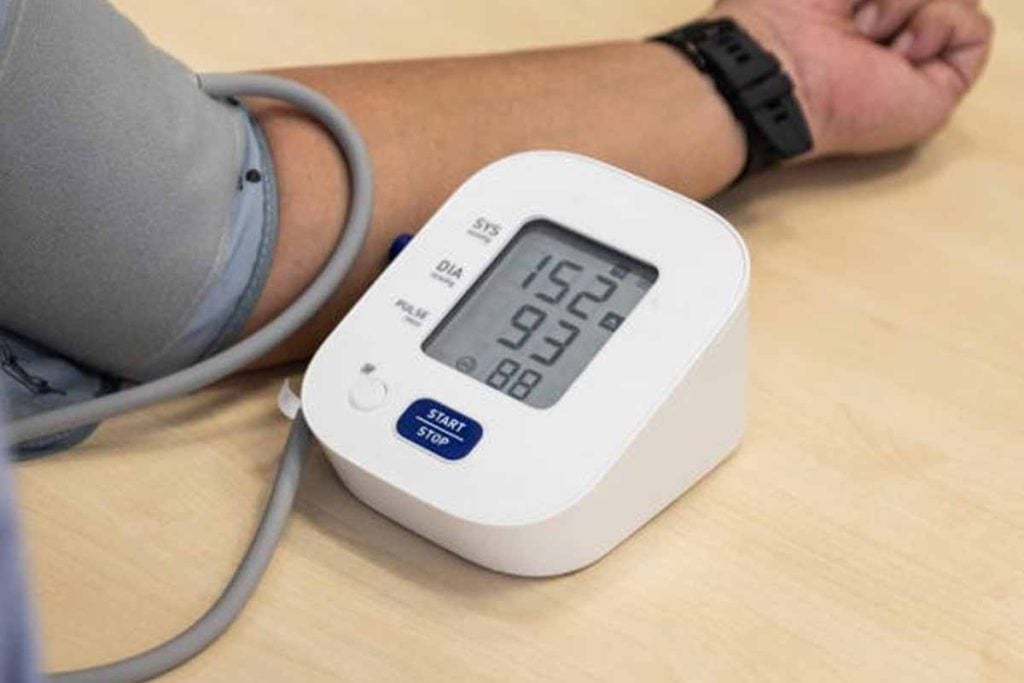A quiet shift is stirring in heart health as new recommendations redefine how experts view high blood pressure. Behind familiar medical terms, deeper changes promise to influence everyday lives, from simple checkups to long-term care. The update marks a turning point for prevention and awareness, with local specialists offering insight into what the new approach truly means.
What the updated AHA guidance changes in daily care
The foundation gets clearer. Normal remains below 120/80, while treatment now aims under 130/80 because steady control, not occasional dips, limits damage. Clinicians therefore talk thresholds, targets, and monitoring with greater specificity, and patients understand the why behind the numbers. That clarity turns appointments into action, not guesswork.
Because risk accumulates quietly, the guidance pushes earlier, consistent follow-up. Home cuffs help confirm patterns while reducing white-coat spikes and catching masked hypertension. When readings trend high, teams move decisively, rather than waiting for crises. Patients feel supported, as targets guide choices across diet, activity, sleep, and stress.
The brain now shares the spotlight with the heart and kidneys. Keeping blood pressure steady doesn’t just guard against heart disease and stroke—it also protects the kidneys and, crucially, helps preserve memory and mental sharpness later in life. That wider lens motivates adherence, since people protect memory as well as muscle. Everyday routines, therefore, become long-range insurance against silent harm from high blood pressure.
Why the AHA reset matters for high blood pressure
Treatment moves from reactive to proactive. Instead of tolerating “almost high,” clinicians tighten control earlier, because sustained exposure raises risk even when numbers seem “not that bad.” Targets under 130/80 direct therapy selection and titration, so progress is measured objectively and adjusted before complications grow expensive.
Lifestyle remains first-line, yet medication timing becomes more strategic. When diet and activity haven’t normalized readings, clinicians add antihypertensives promptly, then adjust using home logs. This sequenced approach respects individual variability while keeping momentum. People see tangible gains on charts, which fuels motivation and long-term consistency.
Communication is changing too. Health teams take time to explain what those top and bottom numbers really mean. They show why checking blood pressure in the morning matters. They also explain how coffee, salty snacks, or late-night screen time can quietly push readings higher. Since patients track their numbers at home, checkups focus on real decisions instead of confusion. This common ground keeps motivation strong and helps turn new health advice into easy, protective routines.
Practical habits that move numbers in the right direction
Food becomes motivating, not mandatory. The DASH plan focuses on fresh produce, whole grains, beans, nuts, and low-fat dairy while cutting back on salt and processed items. Using herbs, lemon, and vinegar keeps meals tasty as you reduce sodium. Potassium-rich options support your blood vessels, and prepping meals ahead makes weekdays easier and boosts your success.
Movement stacks benefits quickly. Accumulating 150 minutes of moderate-intensity activity weekly—brisk walks, cycling, swimming—lowers resting pressure, boosts sleep quality, and eases stress. Short bouts add up because consistency beats intensity. Strength work two days a week builds vascular resilience, and gentle stretching improves recovery, so people sustain routines happily, not grudgingly.
Daily rhythm matters. Hydration stays steady, alcohol stays modest, and sleep gets protected. Caffeine intake lands earlier because late cups raise nighttime readings. Stress relief fits naturally into busy days. Simple practices like box breathing, short meditations, or quick outdoor breaks make it easier to pause and reset. When these small habits come together, they gradually ease the strain that high blood pressure puts on the body.
Medication strategy for high blood pressure without losing sight of lifestyle
When pills are needed, choices are tailored. Thiazide diuretics, ACE inhibitors, ARBs, and calcium-channel blockers each address pressure through different pathways. Clinicians consider age, kidney profile, and co-conditions, then start low and titrate. Side-effects are discussed plainly because comfort encourages adherence, which keeps numbers reliably in range.
Combinations are common and sensible. Two lower doses can control pressure with fewer adverse effects than one higher dose. Morning versus evening timing may shift based on response, while home logs guide refinements. Because targets sit under 130/80, adjustments continue steadily until readings hold, rather than hovering near-goal and inviting risk.
Lifestyle remains present at every step. Medication doesn’t replace the DASH diet, regular movement, or good sleep—it works alongside them. Patients come to see their prescriptions as helpful tools within a bigger lifestyle plan, not as the plan itself. As habits settle, some people need fewer drugs. Others, meanwhile, gain stability that life changes alone couldn’t achieve.
How to track progress and avoid common pitfalls
Regular checking beats occasional surprises. Validated home monitors, used on the upper arm with the right cuff size, deliver dependable trends. Readings at consistent times—morning and evening, seated, feet flat, after a few quiet minutes—build trustworthy baselines. Because logs reveal patterns, clinicians adjust therapy sooner and prevent backsliding.
Small errors skew results. Crossing legs, measuring over sleeves, talking during inflations, or rushing after stairs can inflate numbers. People learn to rest first, then record two readings and average them. Apps or simple paper logs work fine, as long as entries are consistent and shareable at each visit for quick decisions.
Support systems make adherence easier. Family walks count as movement, shared meals reinforce low-sodium cooking, and reminders keep refills on time. Pharmacy synchronization reduces gaps, and follow-ups maintain momentum. Because the updated guidance stresses steady control, these practical supports close the gap between intention and reality for high blood pressure.
A clearer path to safer numbers starts now
The updated guidance replaces guesswork with a concrete target, everyday habits, and timely medication. By aiming below 130/80, protecting the heart, kidneys, and mind becomes achievable, not abstract. Because home tracking sharpens choices, and the DASH pattern plus 150 weekly minutes reinforce gains, progress feels visible. With teamwork and persistence, high blood pressure becomes manageable—and life opens wider.
